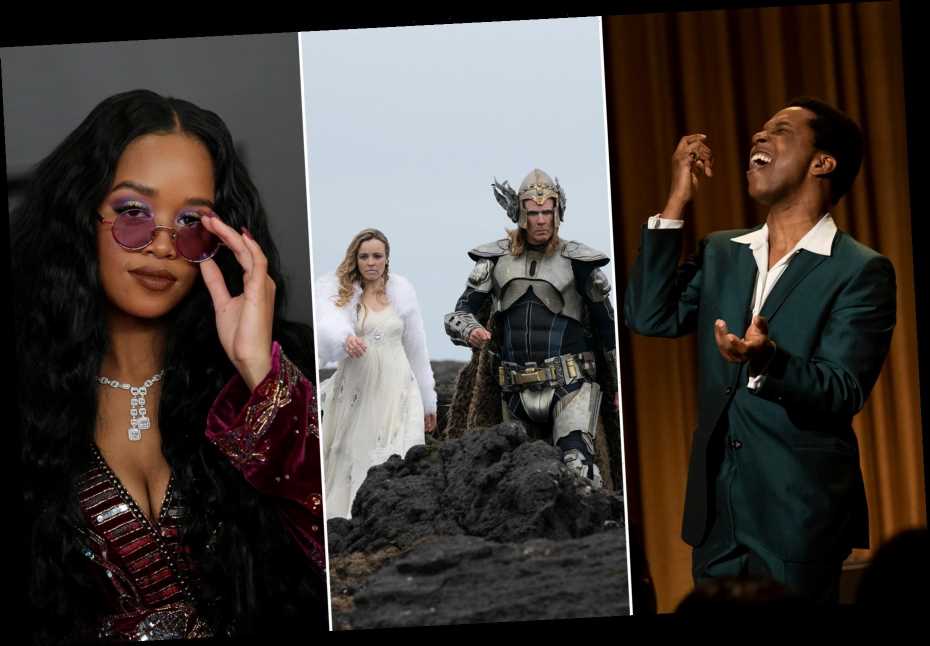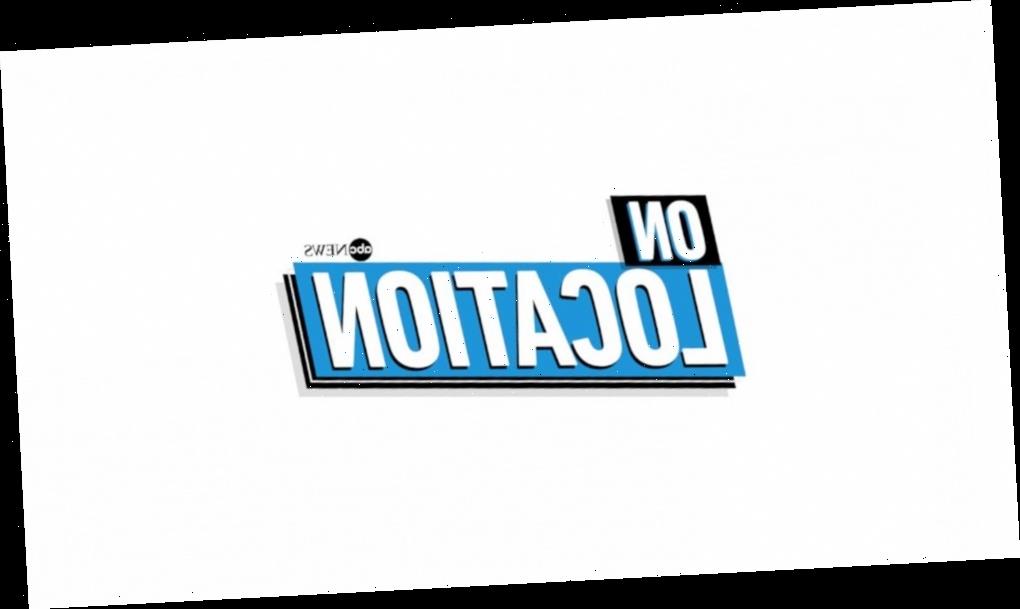It takes an extraordinarily diverse skill set to direct a great comic-book movie. You’ve got to be a visual-effects wizard; a maestro of story and pace; a popcorn humanist who can find the relatable dimension of a bunch of freaks in capes and breastplates and spandex; and enough of an artist to tie the whole thing together into an indelible Big Vision. It’s no wonder that in the years since Hollywood got eaten alive by comic-book culture, the superhero movies that have achieved a genuine sweeping transcendence can just about be counted on one hand: “The Dark Knight,” “Spider-Man 2,” “Black Panther,” a few others.
To that hallowed list I would now add “Zack Snyder’s Justice League,” the thrillingly restored four-hour-long director’s-cut version of the 2017 DC Comics extravaganza. The new movie — and make no mistake, it really is a new movie — is more than a vindication of Snyder’s original vision. It’s a grand, nimble, and immersive entertainment, a team-of-heroes origin story that, at heart, is classically conventional, yet it’s now told with such an intoxicating childlike sincerity and ominous fairy-tale wonder that it takes you back to what comic books, at their best, have always sought to do: make you feel like you’re seeing gods at play on Earth.
It was online fans who first dubbed this project “the Snyder cut.” In March 2017, Snyder, after creative conflicts with the studio (and the suicide of his daughter), walked away from the film and saw it handed over to Joss Whedon, who rewrote and reshot more than half of it. In the minds of the Warner Bros. executives, still reeling from the bumpy launch of their DC multiverse, Snyder’s version was too long and too dark. Whedon chopped out the backstory, and a fair amount of the front story, swapping in jokes and glib patter and a kind of brightly lit gee-whiz aura. In other words, he churned out a hastily shot “audience friendly” version of “Justice League,” synced to the processed beats of corporate storytelling, that wound up pleasing next to no one.
Timing, they say, is everything, and there are two ways that the new “Justice League” turns out to be karmically well-timed. It’s premiering a year into the pandemic, which means that audiences have now gone for 12 months without experiencing the primal joys of high-flying fantasy escapism on the big screen. We’re starved for it, and though it’s true that “Justice League” will be seen, by and large, on HBO Max, the film is such a feast of bravura eye candy and emotionally serious spectacle that it seems to be delivering all the excitement we’ve been missing. As someone who has never been shy about dissing the global obsession with comic-book cinema, I found that the film totally tapped my inner fanboy. The four hours of it glide by in an addictive trance.
But the other way the experience of “Justice League” is shaped by timing is that now that Snyder has restored the film to its pop operatic grandeur, it strikingly echoes the sinister extravagance of the “Avengers” saga, notably the last two installments of it, which hadn’t come out when the bowdlerized, trimmed-to-the-bone “Justice League” appeared in 2017.
“Justice League” accomplishes in four hours what those films did in nine. It unites a team of superheroes, but never forgets that each of them is seriously worthy of his or her own story. It pits them against a humungous slab of rock-jawed evil — in this case the molten Darkseid (who got trimmed out of the 2017 version) and his loyal demon henchman Steppenwolf — who seeks to control all life in the universe. And it’s finally a startling tale of death and resurrection. The five members of Justice League, gathered up by Batman and Wonder Woman, realize that they can’t save Earth without Superman, who is no longer with them. So they use one of the three Mother Boxes, the sources of infinite energy everyone is fighting to possess, to raise Clark Kent from the dead — a plot twist that was there in the 2017 version, but that’s the thing, it was just…there. Here, the hard-won reawakening of Superman becomes a transporting saga of its own.
The new “Justice League” exudes a majestic sense of cosmic historical evil. Its tone is less reminiscent of other DC or Marvel movies than of Peter Jackson’s “Lord of the Rings” trilogy. The camaraderie among the superheroes is vastly deepened — with the cheeseball wisecracks excised, they develop a moving affinity for each other. In one of many examples of how sharpened Snyder’s filmmaking is, Ezra Miller’s Flash is introduced with far wittier dialogue than anything Joss Whedon came up with, followed by a mesmerizing bullet-time sequence in which he saves a young woman from a car accident — an episode that beautifully sets up the hidden empathy of his speed-of-light character. Gal Gadot’s Diana has the stalwart but tensely trepidatious presence that got fumbled in “Wonder Woman 1984,” Ray Fisher’s Cyborg has acquired the resonance of a half-machine Hamlet, and Ben Affleck’s Batman is like a different character: With all that Ben-friendly banter gone, he embraces the gruff-voiced, dread-tinged, sinister Bruce with sterling command.
Beyond that, this has to be one of the most visually spellbinding comic-book movies ever made. The clashing battles never give you that weary, here’s-some-more-CGI feeling, because they’ve been staged with a supreme conviction that’s more “Seven Samurai” than super invincible. Ciarán Hinds’ Steppenwolf, with his horns of evil, is still the prime antagonist, but while he seemed a trifle effete in the 2017 version, here he has been reimagined as a splendid hulk covered in gleaming herringbone platelets that bristle with his emotion, and he’s also a disgraced assassin who will stoop to the unspeakable. “Justice League” ends with what may be the best post-comic-book-movie teaser ever, as Jesse Eisenberg’s Lex Luthor and then Jared Leto’s Joker hold court in twin lectures of doom that make you hungry to see the movies they promise. It’s not just that these characters are back. So is the thing that too many comic-book films have destroyed: the sensation that something’s at stake.
Read More About:
Source: Read Full Article

